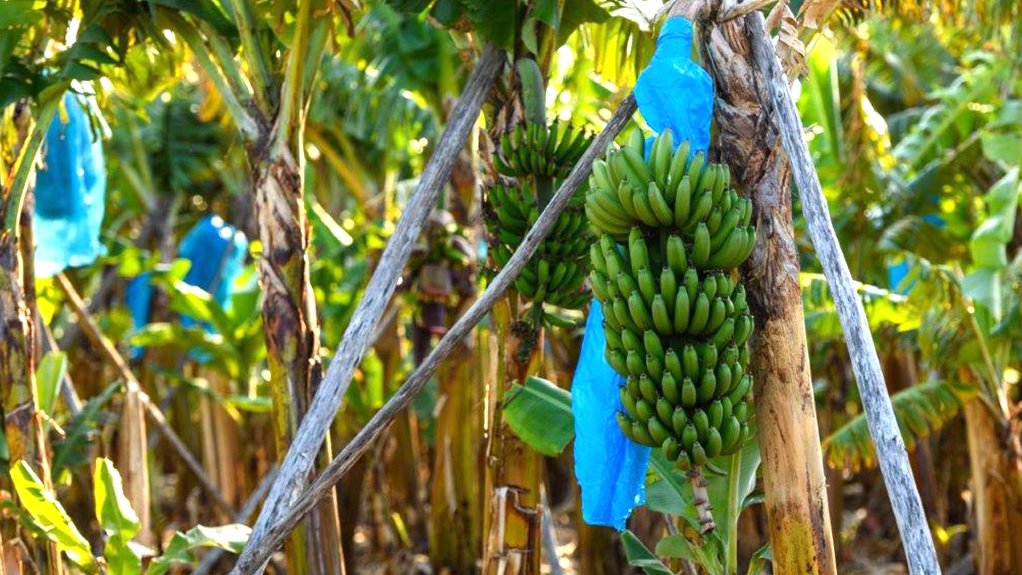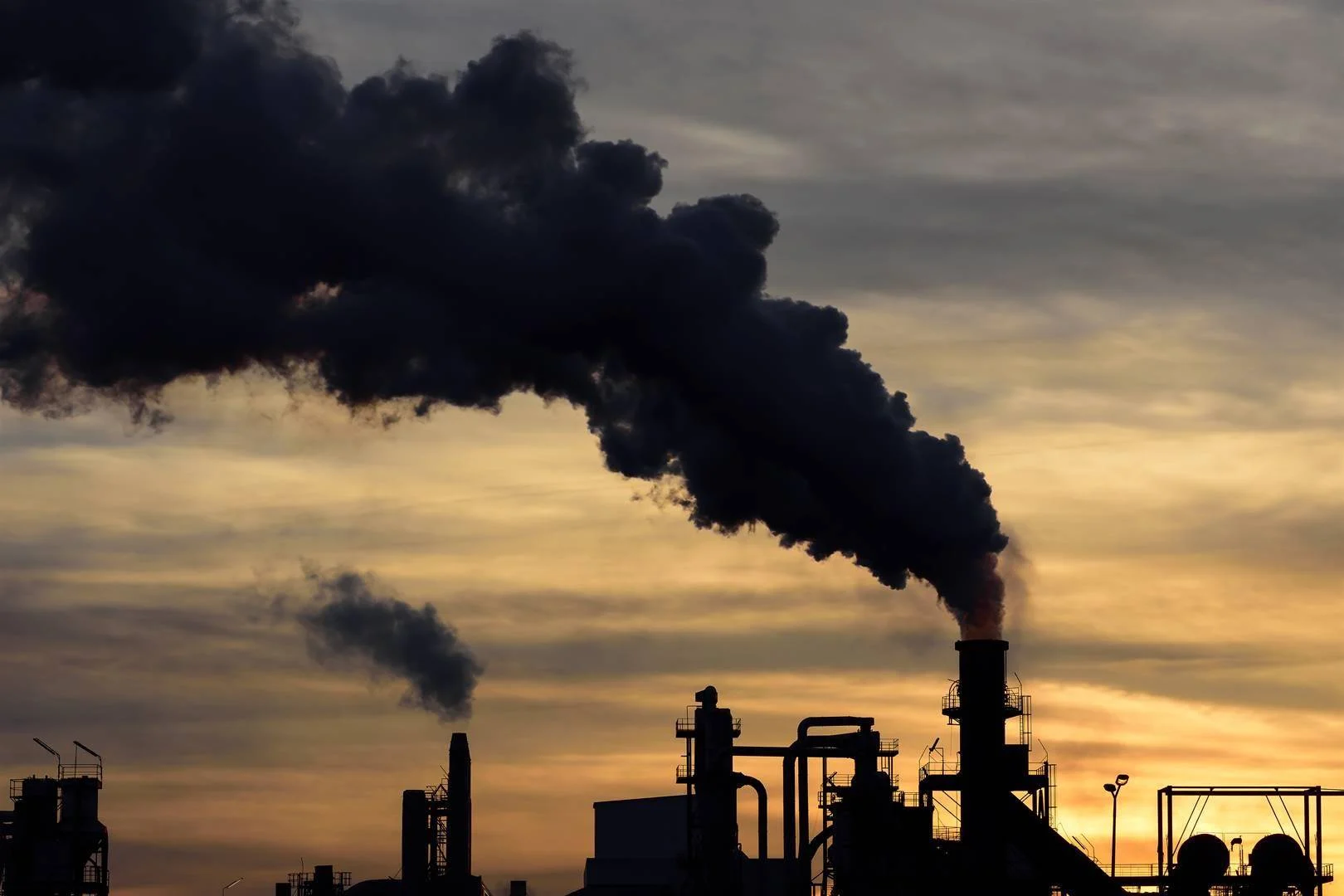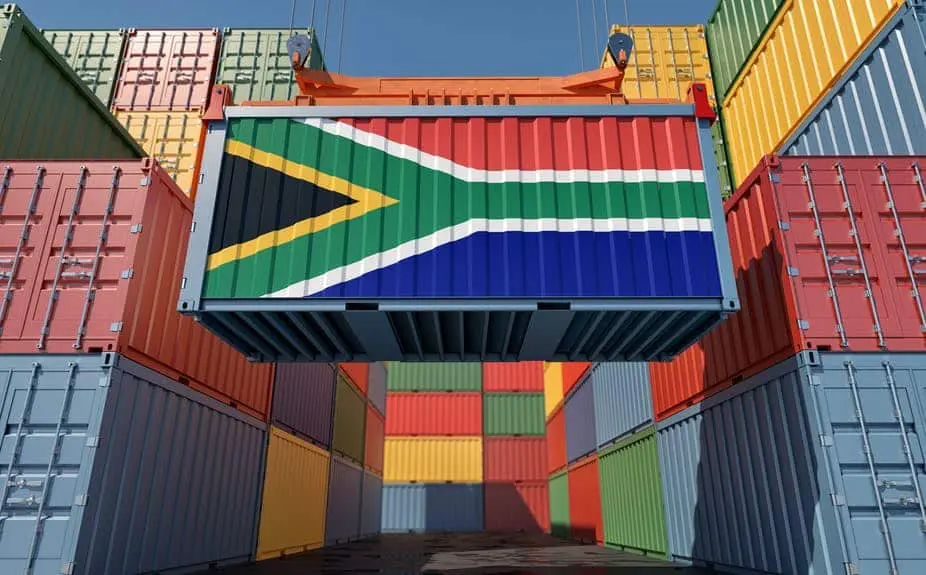“South Africa’s trading partners have seen increased growth in their economies, driving their demand for our products.”
“These export flows have been channelled into our key trading partners in Asia, including China – our largest trading partner – Japan and India. The US, Europe (especially Germany), UK and the Netherlands have also increased their demand for local products, [and so have] Namibia, Botswana and Mozambique,” said Milo.
Key commodity and product drivers include agricultural commodities such as citrus, maize, apples and grapes; manufactured goods including local machinery and equipment as well as motor vehicles; and major mining outputs including precious metals, iron ore and manganese.
According to the SA Revenue Service, South Africa recorded a trade surplus of R51.4 billion in April 2021, surpassing market expectations of R31 billion. This followed a record high surplus of R52.77 billion set in March.
The country’s cumulative trade surplus for the first four months of 2021 now stands at R147.83 billion, compared with a trade deficit of R4.41 billion over the same period in 2020.Lagging imports can be attributed to Covid-19-induced constraints and subdued economic growth impacting domestic demandJustin Milo
Stats SA reported that the country’s mining production grew by 21.3% year-on-year in March 2021, beating market expectations of a 3.9% rise. According to Stats SA, this was the first increase in mining activity since February 2020 and the sharpest increase since March 2015.
The statistics agency added that March 2021 also saw the strongest growth in factory activity since April 2019. It said South Africa’s manufacturing production rose by 4.6% year-on-year in March, well above market expectations of a 0.45% increase in production, and that production was also 3.4% higher than in the previous month.
Milo said while exports had grown by 51.6% year-on-year, imports had only increased by 11% over the same period.
“Lagging imports can be attributed to Covid-19-induced constraints and subdued economic growth impacting domestic demand,” he said.
History, he said, shows us that economies tend to grow rapidly following wars and global pandemics. This is referred to by economists as a “post-pandemic economic boom”.
South Africa’s exports are thus expected to grow significantly over the next few years and this may be a catalyst for economic recovery.With our deep sectoral knowledge and expertise, we assist clients with mitigating key risks in the export process – most notably payment risk and exchange rate risk, as well as assisting exporters with working capital to meet their liquidity needs spanning the full trade cycleJustin Milo
According to the latest World Economic Outlook report by the International Monetary Fund, global growth will come in at 6% year on year in 2021.
While South Africa’s recovery is expected to be slower, the country’s trading partner economies are projected to continue growing in line with their vaccine roll-outs and the stabilisation and normalisation of global economic activity. This is why South Africa needs to take advantage of the anticipated uptick in global growth to help stimulate local economic activity, said Milo.
He said Standard Bank was ready to assist exporters in realising the opportunities created by this export boom.
“With our deep sectoral knowledge and expertise, we assist clients with mitigating key risks in the export process – most notably payment risk and exchange rate risk, as well as assisting exporters with working capital to meet their liquidity needs spanning the full trade cycle,” he said.
Milo said that with the post-pandemic economic boom expected to pick up momentum globally, South African exporters must take advantage of the increased demand for our export commodities, which often requires working capital to fulfil export performance obligations.
He said that with the support of the financial sector there can be no doubt that exports have the potential to be the engine of South Africa’s economic recovery.








